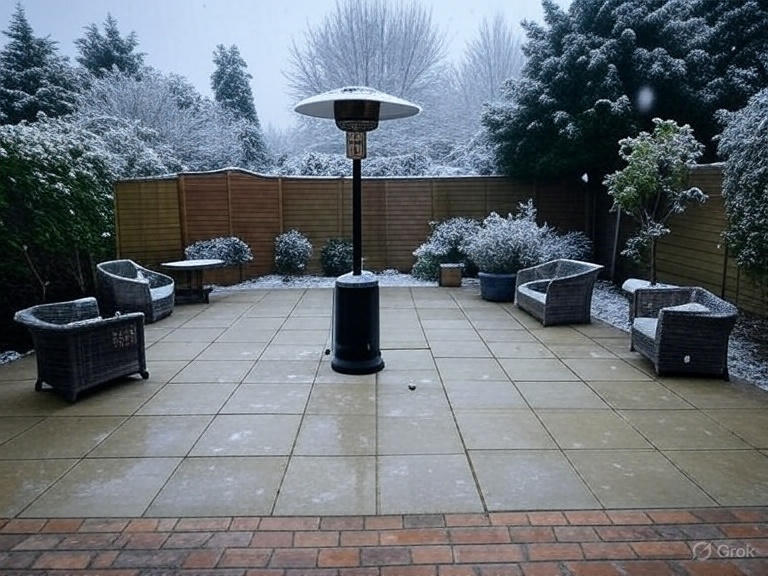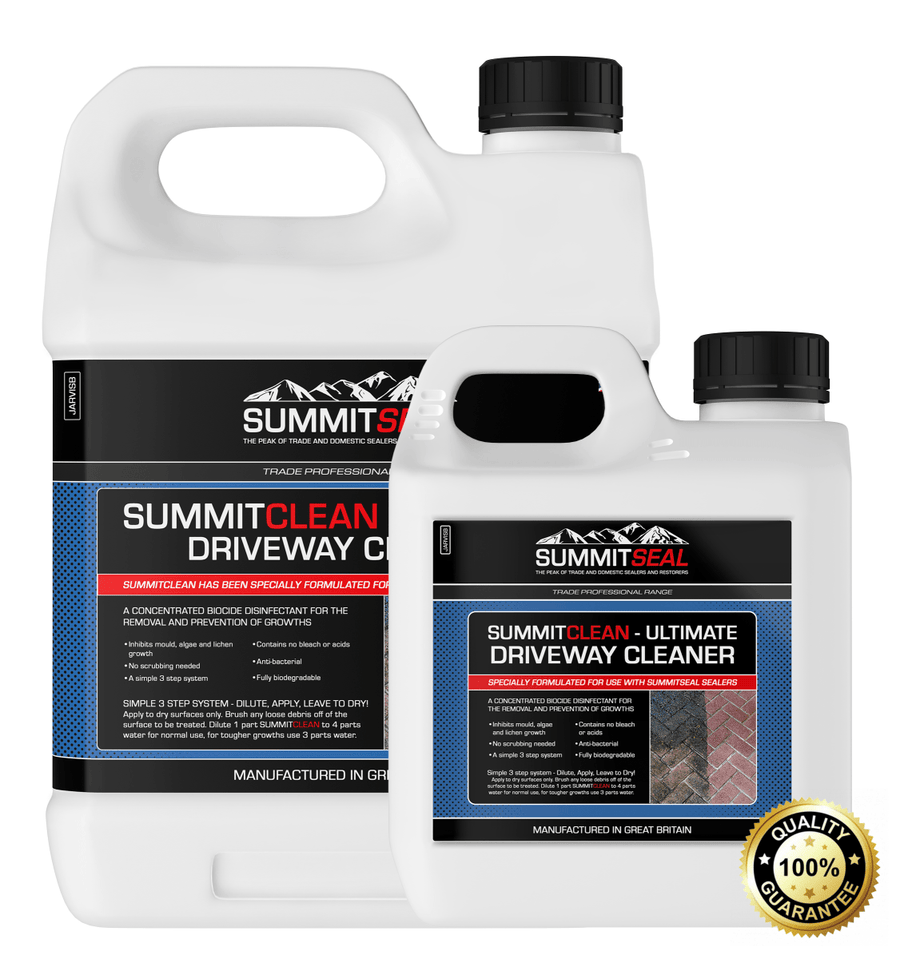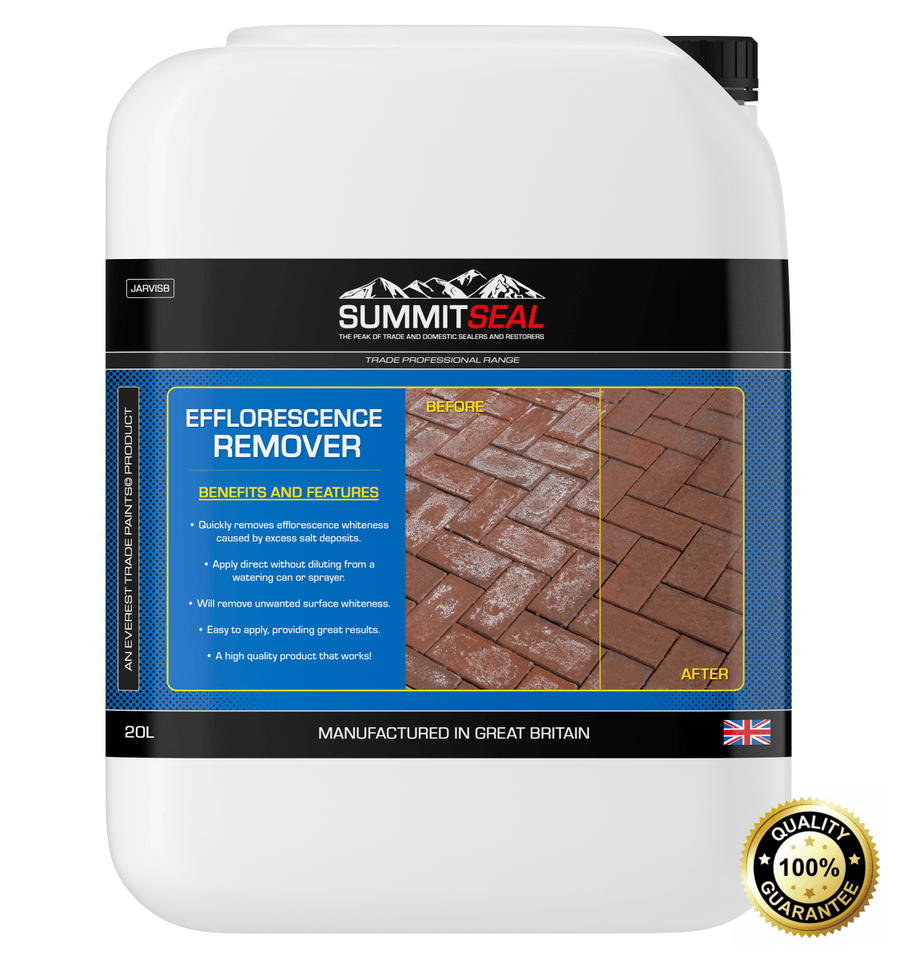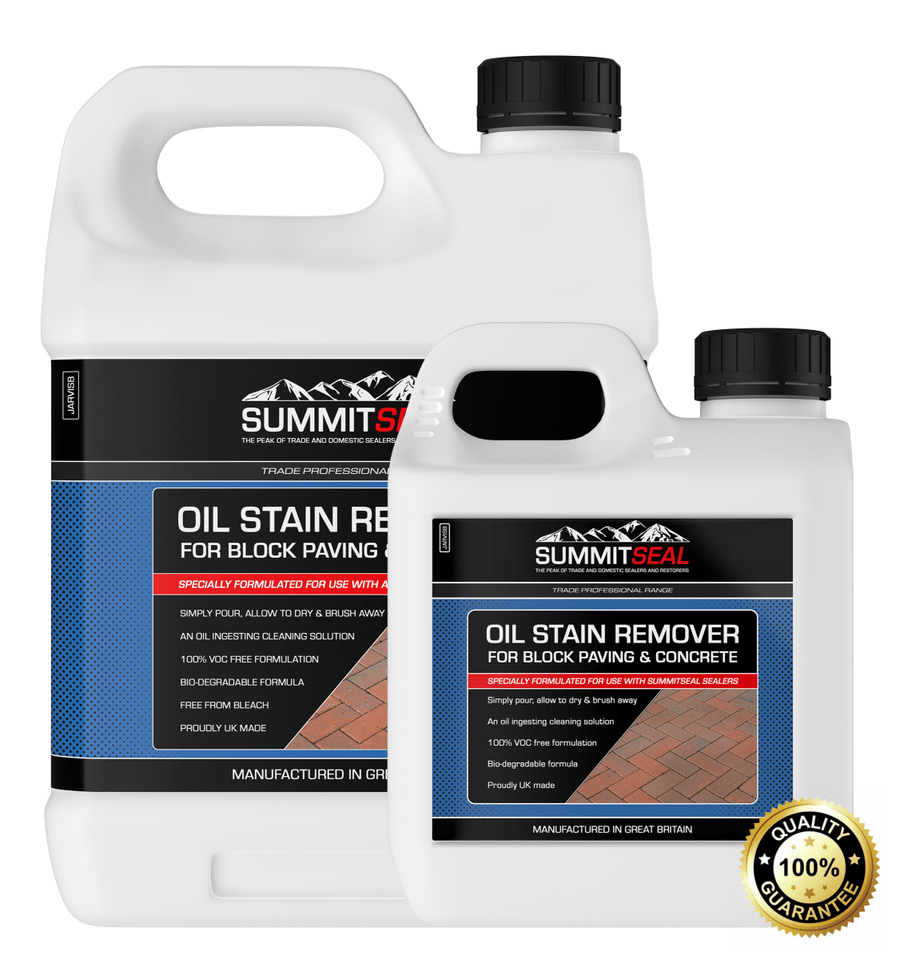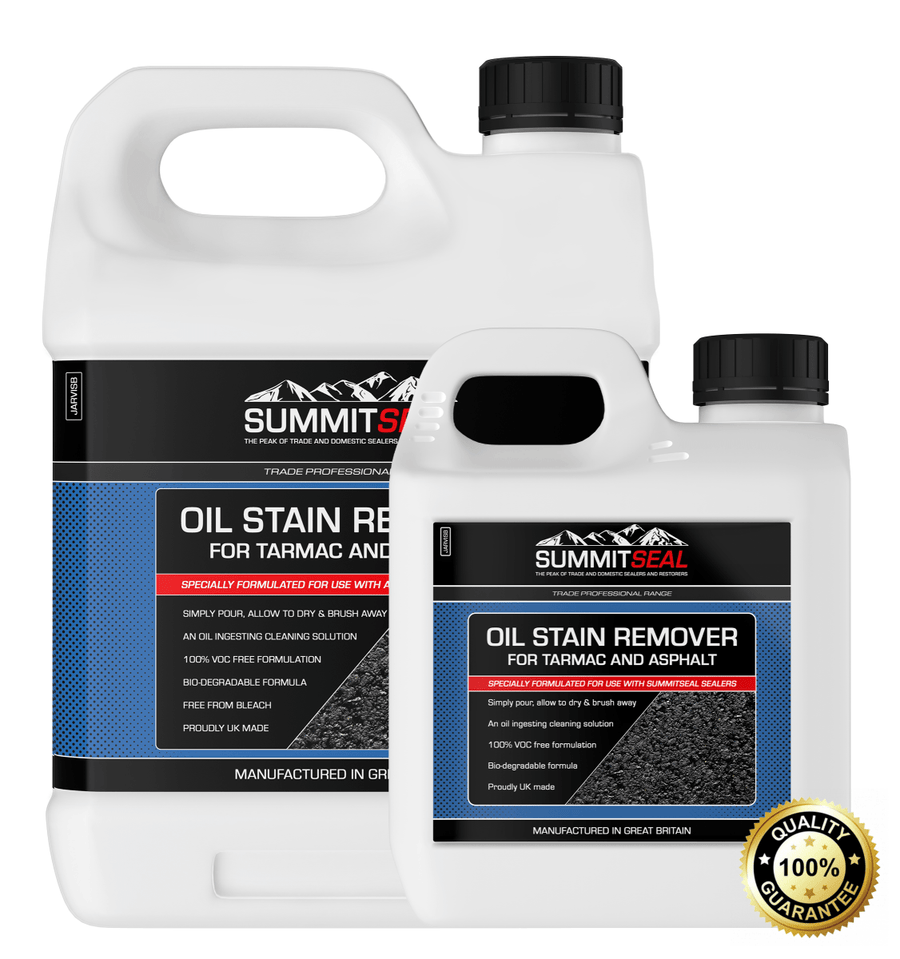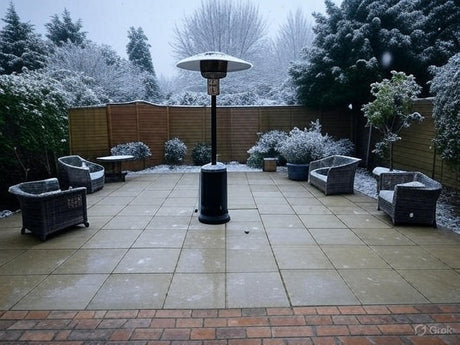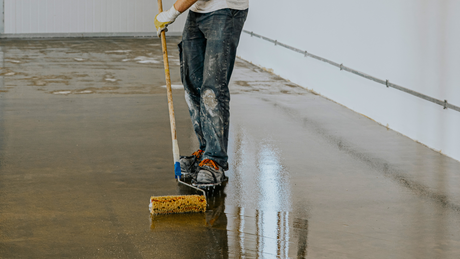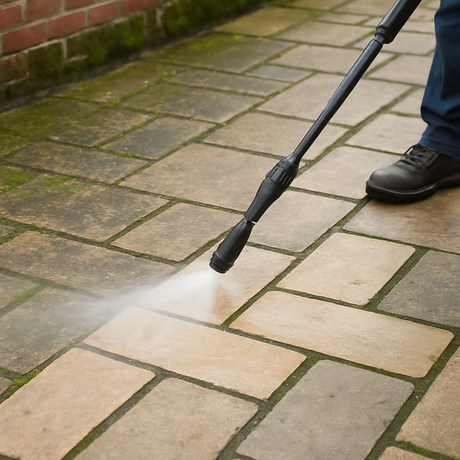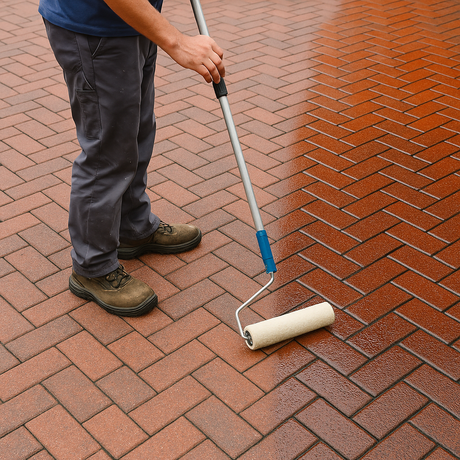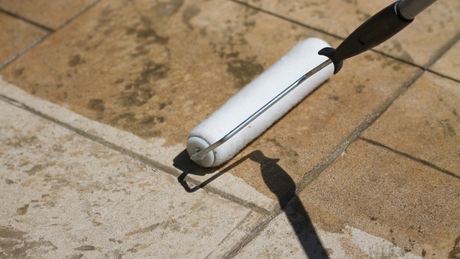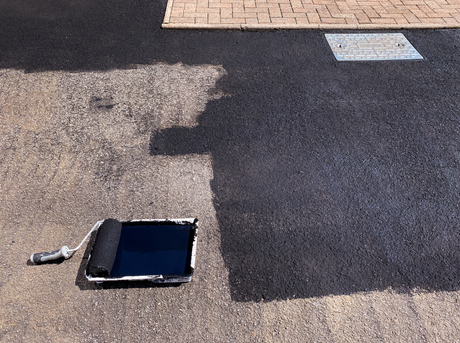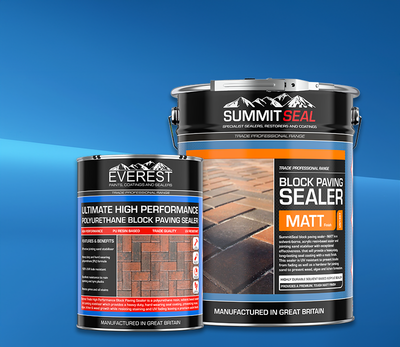6 Essential Tips for Driveway Protection This Winter
UK winters bring rain, frost, snow and freeze–thaw cycles—exactly the conditions that crack surfaces, loosen aggregates and stain paving. Here are six proven ways to protect your driveway (tarmac, block paving or concrete) and avoid costly repairs, with product picks from Premium Paints to make the job quicker and longer-lasting.
Seal Your Driveway Before Temperatures Drop
Before winter arrives, ensure that your driveway is sealed. A high-quality sealant creates a waterproof barrier that prevents moisture from seeping into your driveway. This is extremely important as when water seeps into your driveway and freezes, it expands, forcing cracks to develop and the surface layer to break apart. Depending on the material of your driveway, you will need different driveway sealants:
- Block paving: Choose a clear, breathable sealer from our SummitSeal range (Natural, Colour-Enhancer or Wet Look). Helps prevent weeds, sand loss and staining.
- Tarmac/asphalt: Use a rejuvenating tarmac paint/sealer to re-bind the surface and improve UV resistance.
- Concrete patios/driveways needing colour & grip: Coat with Everest Trade QD Ultimate Concrete Floor Paint Sealer. For best adhesion on porous concrete, first apply Everest Trade Concrete Dustproofer (primer).
If you seal your driveway in late autumn, this allows sufficient time for the sealant to adhere to your driveway before the temperature dips below 10°C, ensuring maximum protection. Without sealing as driveway protection, you risk:
-
Water damage
-
Frost-related cracks
-
Large-scale deterioration
Prepare Your Driveway By Repairing Cracks
Small cracks are water entry points. When that water freezes, cracks widen, leading to potholes and edge ravel. Fix them before the first frost.
- Tarmac/asphalt: Use a flexible crack filler for hairlines; cold-lay tarmac for larger defects.
- Block paving: Re-sand joints with kiln-dried sand (or a 3 mm aggregate for permeable blocks) before sealing.
- Concrete: Fill with a compatible concrete crack repair; allow to cure, then prime with Dustproofer if you’ll be applying the Everest QD paint sealer.
Keep Drainage Clear
Blocked channels, gulleys and ACO drains create puddles that freeze and erode the surface. Clear leaves and silt, and ensure fall gradients move water away from the drive.
- Lift drain grates and scoop out debris.
- Brush sediment away from channel slots.
- Trim vegetation that sheds heavily onto the driveway.
Clean Before the Cold Hits
Dirt, algae and moss hold moisture against the surface, increasing freeze–thaw stress and slip risk. Give the driveway a deep clean and let it dry thoroughly before sealing.
- Wash with SummitClean Ultimate Driveway Cleaner to lift grime and biological growth.
- For white salt deposits (efflorescence) on block/stone, use SummitSeal Efflorescence/Salts Remover, then rinse and dry.
- Treat any oil spots with Oil Stain Remover before sealing.
Protect Your Driveway By Clearing Snow and Ice
When it does snow, make sure to remove this quickly to prevent it from compacting into ice. Ice is much harder to move and far more dangerous and damaging to your driveway. If snow isn’t removed, it presents the danger of build-up on the surface, water infiltration, and cracking.
- Choose a plastic or rubber-edged shovel (not metal) to prevent scratching concrete or lifting sealer.
- For grip, use grit or sand. Avoid harsh rock salt on concrete and decorative stone—chlorides can attack the surface.
- De-icer: choose eco-friendly formulations where possible and rinse residues later.
These can chip, scratch, and corrode your driveway’s surface, especially if it's made from concrete, tarmac, or resin. Instead, choose a plastic or rubber shovel, and use an eco-friendly de-icer or sand for added traction.
Check for Damage Throughout Winter
After heavy frost or long wet spells, inspect for new cracks, joint loss or slick algae patches. Spot-treat growth with moss & algae treatments, re-sand any hollow joints and plan a top-up coat of sealer if water stops beading.
Why Heavy-Duty Driveway Protection Is Worth It
- Longer life: quality sealers extend service intervals by resisting water, salts and UV.
- Lower costs: prevention is cheaper than resurfacing.
- Safety & appearance: fewer icy patches, cleaner look, easier maintenance.
A well-protected driveway can last you decades, while a neglected one might need replacing every few years. By staying on top of your driveway protection, you save money in the long term, ensure safety while using it, and keep a clean aesthetic appearance.

